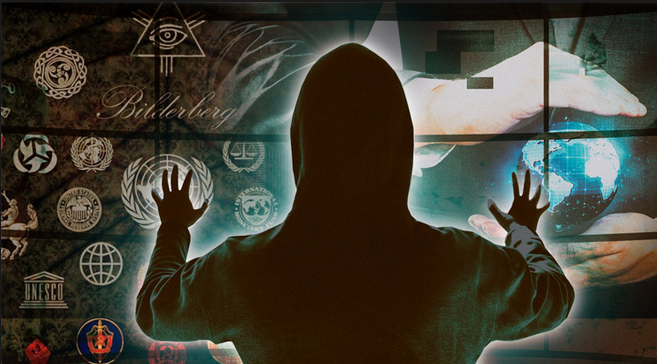
Hacking: Current Developments
Current Developments: In the early 2000s, more malicious activity started to appear in the form of more advanced attacks.
In the first few years of the new millennium, the aggressiveness of attacks increased, with many attacks criminally motivated. Malicious attacks that have occurred include the following (although there are many more):
- Denial-of-service attacks
- Manipulation of stock prices
- Identity theft
- Vandalism
- Credit card theft
- Piracy
- Theft of service
Among the many situations that have contributed to the increase in hacking and cyber crime are the amount of information being passed and the overall dependency on the Internet and digital devices.
Over the last decade, the number of financial transactions online has increased, creating a tempting target for crooks. Also, the openness of modern devices such as Bluetooth has made hacking and stealing information more prevalent.
Lastly, we can also point to the number o Internet-connected devices such as tablets and other gadgets that individuals carry around in increasing numbers.
Each of these devices has attracted the attention of criminals with the temptation of stealing never before heard of amounts of money, data, and other resources.
As computer crime law began to be passed, the bragging rights for hacking a website became less attractive.
Prank activity seems to have slowed down, whereas real criminal activity has increased. With online commerce, skills started going to the highest bidder, with crime rings, organized crime, and nations with hostile interests using the Internet as an attack vector.
NOTE: Remember that a good number of attacks that occur nowadays can be attributed to both crime and people pulling pranks. However, no matter what the underlying motivation of the attack, the end result is often the same: System owners are denied use of their assets, and the law is broken.

![Bykea Had Publicly Exposed 400+ Million Users Data Including [CNIC, Address, License] ETC](https://www.techietalks.online/wp-content/uploads/2021/02/Bykea-Data-Breached.png)

